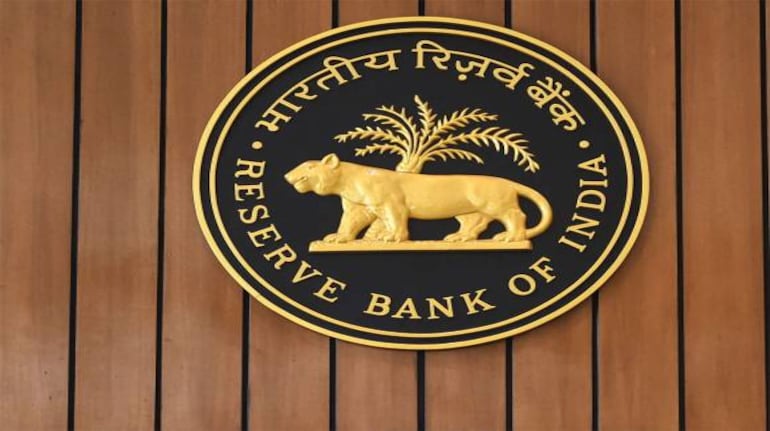



With Reserve Bank of India Governor Shaktikanta Das promising to keep an Arjuna’s eye on the evolving inflation scenario and stating that the central bank is looking to lower inflation to the 4 percent target, hopes of a policy rate cut this year have taken a backseat.
“Let me re-emphasise that headline inflation still remains above the target — being within the tolerance band is not enough,” Das said in his monetary policy address from Mumbai on June 8. “Our goal is to achieve the target of 4 per cent, going forward. It is always the last leg of the journey that is the toughest.”
The governor reiterated that the inflation target must be met on a durable basis.
The RBI has raised the benchmark repo rate by a total of 250 basis points since May 2022 but kept it on hold in two consecutive meetings — in April and June. The policy stance will remain focused on withdrawal of accommodation to ensure that inflation progressively aligns with the target, while supporting growth, it said.
There was some speculation that the RBI may change its stance to ‘neutral’ to signal that the next move could either be a rate cut or a rate hike. However, the withdrawal of accommodation stance makes a rate cut unlikely.
As of now, it looks like the rates will remain unchanged for the next six to nine months.
“This second straight pause suggests to us that the RBI has reached this cycle’s peak repo rate,” Rahul Bajoria, head of EM Asia (ex-China) Economics Research at Barclays, said. “However, we do not believe a policy pivot, where the RBI would start signalling cuts, is coming soon.”
Barclays sees the RBI holding rates through this financial year.
It is worth noting that the RBI’s hesitance to cut rates comes in the backdrop of the central bank failing to discharge its inflation mandate last year.
As such, bringing the inflation print down to its target will help strengthen its inflation-fighting credibility.
India’s headline retail inflation fell to an 18-month low of 4.7 percent in April and is expected to fall further in May. The RBI projects inflation to average at 5.1 percent for the full fiscal year. The central bank’s rate-setting panel targets inflation at 4 percent with a tolerance band of two percentage points on either side.
Growth impact
While the central bank is confident that Asia’s third-largest economy will grow at a healthy clip of 6.5 percent in financial year 2023-24 after growing an estimated 7.2 percent in the previous fiscal year, economy watchers are not so sure.
“The FY24 growth rate projection of 6.5% is more on the optimistic side as the number of downside risks listed are quite many,” Ranen Banerjee, Partner, Economic Advisory Services at PwC India, said. “The projected growth rate for Q1 (FY24), at 8%, is likely to get tested despite the holdup in demand in the first two months of the year.”
Globally, economic growth is expected to slow sharply this year, hobbled by sharply higher interest rates, a drawdown of liquidity, and the persistent impact of Russia’s invasion of Ukraine as well as financial stability concerns.
To be sure, rate rises are intended to lower inflation by damping demand in the economy. RBI Governor Das said as much in his policy address: “The best contribution of monetary policy to the economy’s ability to realise its potential is by ensuring price stability.”
Monetary policy impacts economic output with a lag of two to three quarters, and inflation with a lag of three to four quarters, with the impact persisting for eight to ten quarters, according to research by RBI staff, which was cited by Ashima Goyal in the minutes of the April policy meeting.
“The lagged effects of the rate rise are just beginning, and may continue to play out over the next few months. Those on inflation will follow,” Goyal had said in the minutes.
A slowing economy is also baked into the RBI’s growth projections. It expects growth of 8 percent, 6.5 percent, 6 percent and 5.7 percent for the four quarters of this financial year.
While economic growth has been resilient so far with a sharp uptick to 6.1 percent in the last quarter of fiscal year 2023, private consumption demand was weaker than other segments, said CRISIL’s Chief Economist, Dharmakirti Joshi. “This is likely to moderate demand conditions in the current fiscal year given that bank lending rates are now higher than the pre-pandemic five-year average,” he added.
Next move a cut
Still, market interest rates may have peaked as the central bank’s next move will most likely be a cut, rather than a rate increase.
Calling Governor Das’ statement as one having a “fairly hawkish tone” Capital Economics pointed out that the hiking cycle could resume if the data warrant it. “But given that growth is likely to come off the boil and that inflation is likely to remain comfortably within the target range, we doubt a resumption of the tightening cycle is likely,” said Shilan Shah, Deputy Chief Emerging Markets Economist at Capital Economics.
In fact, by the end of the year, the RBI could be laying the groundwork for rate cuts, he added.
Shah is not alone in predicting rate cuts. Several brokerages, including Morgan Stanley and Nomura, have predicted rate cuts of up to 75 basis points.
Discover the latest Business News, Sensex, and Nifty updates. Obtain Personal Finance insights, tax queries, and expert opinions on Moneycontrol or download the Moneycontrol App to stay updated!
Find the best of Al News in one place, specially curated for you every weekend.
Stay on top of the latest tech trends and biggest startup news.